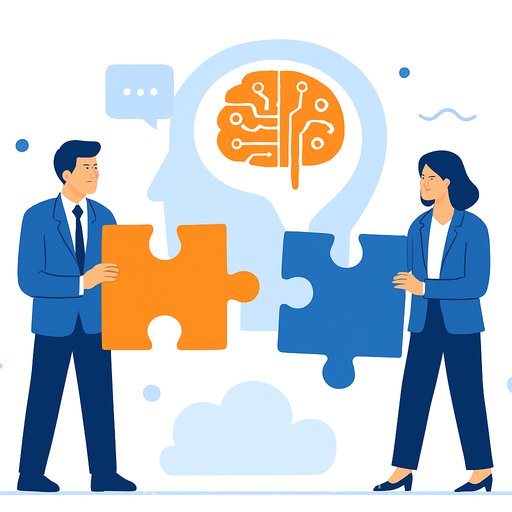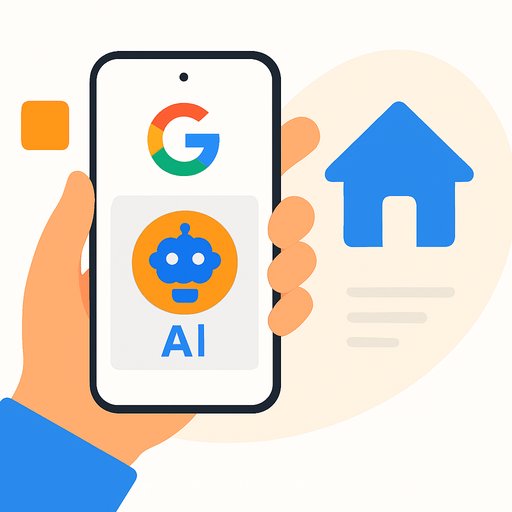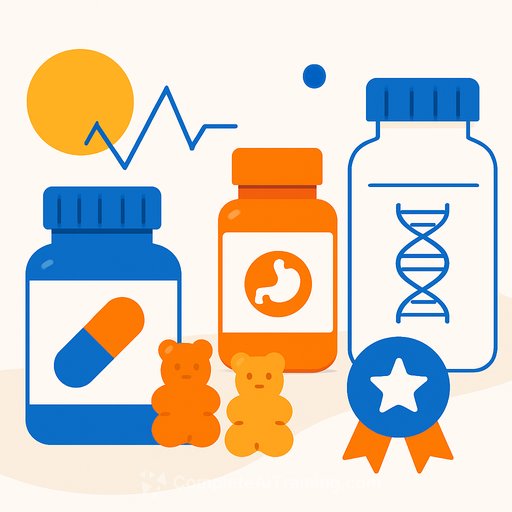383 Group and LION+MASON merge to deliver AI-driven, human-centred product design
383 Group and LION+MASON have merged to form a single organisation focused on AI-driven digital product innovation. The combined team operates from Birmingham, Leeds, and London, uniting strategy, research, design, delivery, and ongoing support under one roof.
The goal is simple: give product teams a partner that can research, design, and ship AI-driven products that create clear value for users and the business.
What's new: capabilities that stack
The merger brings together 383 Group's digital product delivery experience with LION+MASON's strength in strategic research and UX design. This creates a continuum: evidence-led discovery, smart prioritisation, and end-to-end execution.
A core element is Friction Mapping, a registered trademark of 383 Group. It identifies blockers across customer and service experiences, then highlights targeted improvements. With LION+MASON's research methods in the mix, the framework gains deeper data, sharper prioritisation, and stronger support for commercial decision-making.
- Evidence-led discovery to reduce guesswork
- Prioritisation anchored in measured user pain points
- Delivery that connects strategy to shipped product and support
Loyalty and referral programmes get smarter
383 Group has a track record building loyalty and referral schemes that drive trust and repeat engagement. The merger strengthens this by applying LION+MASON's research and UX design to personalise programmes with AI while keeping them grounded in real user needs.
Leadership perspectives
Sukhi Dehal, CEO of 383 Group, noted that LION+MASON's research and UX depth across sectors, combined with Friction Mapping and 383's AI and delivery capability, creates a compelling end-to-end offer for clients.
Andrew Machin, Founder of LION+MASON, emphasized that strategic design sits at the centre of the new group, translating clear insight into effective outcomes as new technologies emerge. The aim is to build AI-driven products that are technically sound and immediately useful for users.
What this means for product leaders
- Faster problem framing with a proven friction-identification framework
- Decisions backed by research depth and commercial priorities
- Accountability from strategy through build and iteration
- Sector breadth without losing focus on user outcomes
- More effective loyalty initiatives with personalisation that reflects real user needs
For teams formalising AI risk and governance, see the NIST AI Risk Management Framework here. For a refresher on evidence-led UX research methods, see NN/g's overview here.
Operating model and services
The unified group will operate under an expanded leadership team with three core pillars:
- Strategic design centred on user behaviour and technological change
- AI-led product development backed by established technical capability
- Continuous partnership support for growth after launch
In practice, this means a single partner that can diagnose opportunities, validate them with research, deliver the product, and support ongoing improvement.
Practical next steps for your team
- Pick one high-impact flow and map friction across the current experience
- Define 2-3 AI use cases with measurable outcomes and a clear data source
- Audit data quality and access for those use cases before build
- Pilot a loyalty improvement with personalisation and a clear retention metric
- Set guardrails for privacy, bias, and model performance using a shared framework
- Upskill product, design, and engineering on applied AI methods and evaluation
If you need structured upskilling for product roles, explore role-based AI learning paths here.
Your membership also unlocks:






